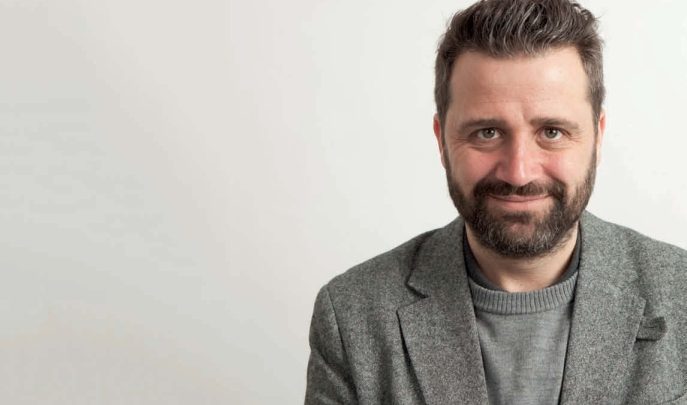Phil Earle: “I Felt Like A Non-reading Loser”

As a child, Phil Earle turned his back on literature, but only because no one helped him find the right book, and it was out there all along…
- by Phil Earle

Reading was too much for me as a child. Way too much. Or rather, the novel was. There’s a distinction to be made here, an important one, as all too often ‘the novel’ is used as the definition of reading. If you don’t read Dickens, or the classics, then you aren’t a reader.
This is a line that was frequently rolled out in front of me as a child, a line that slammed the ‘reading door’ firmly in my face. I couldn’t read Dickens; the sight of a thousand pages, each of them crammed with 500 words, made my head spin and my spirits fall.
I didn’t have the confidence to climb that mountain, and frankly didn’t see what was at the top of it for me anyway. I had no interest in reading about nineteenth century life, so I didn’t bother. I read York Notes and bluffed my way through my education, seething about literary snobbery as I did so.
It doesn’t have to be this way though. We don’t need to be elitist about what our children or indeed our adults read, because the beautiful thing about reading is that there’s something for everyone. Of course there is. We just have to redefine what reading is: we need to open the door and invite those on the outside, back in.
Yes, the novel is a wonderful form. I know that. I just needed to find a shorter one that held me by the lapels and shook me until I read ‘The End’ (that book was Louis Sachar’s Holes by the way. I read it aged 26).
But let’s not kid ourselves that the novel is the only answer. Let’s offer our young readers illustrated work – stories such as Dr Seuss’ Horton Hatches The Egg. It may be only 64-pages long, but it is the most joyful story to read aloud ever, and it is helped along the way by pictures: funny, sad, moving pictures that deepen our feelings for our hero. Having pictures doesn’t make it less of a read; it makes it more of one.
For that reason, let’s put graphic novels in front of our reluctant teenage readers. Let’s give them Art Spiegalman’s Maus, or Craig Thompson’s Blankets. Let’s show them how words and pictures together, married on the page, can take them places they will never otherwise go. Let’s encourage readers to engage with newspapers and magazines. If they love football, give them match reports to pore over, or stats from the World Cup final. If fashion is their thing, give them Vogue or GQ.
I haven’t even got onto poetry yet. There are magnificent poets writing for children today, my favourite being A.F. Harrold. His poem ‘Midnight Feast’ is a thing of wonder, made even better if you hear him perform it. There are others too: Kate Tempest, Lemn Sissay, Polarbear (aka Steven Camden), Laura Dockrill – all of them masters of their craft, not to mention Sarah Crossan who writes the most incredible novels in blank verse. So let’s find ways of grabbing readers
and showing them the different routes to reading. I’m going through it with my son Albie at the moment. He’s nine, and for years has struggled to engage. But just this week we have had a breakthrough. I put Tasmin and the Deep by Neill Cameron and Kate Brown in front of him, a graphic novel collated from the glorious Phoenix Weekly Comic. He flew through it in two nights. This is unheard of for him. So now I’ve given him Daredevil, and I can see, reluctantly, the fire has been lit.
All I have to do now is furiously fan the flames.
And I will. Not just because I’m his dad, but because it matters. I want him to escape outside of his own life. I want him to enjoy himself too, but most importantly, I don’t want him to feel like I did, like a non-reading loser. Not when there are alternatives, and loads of them at that.







